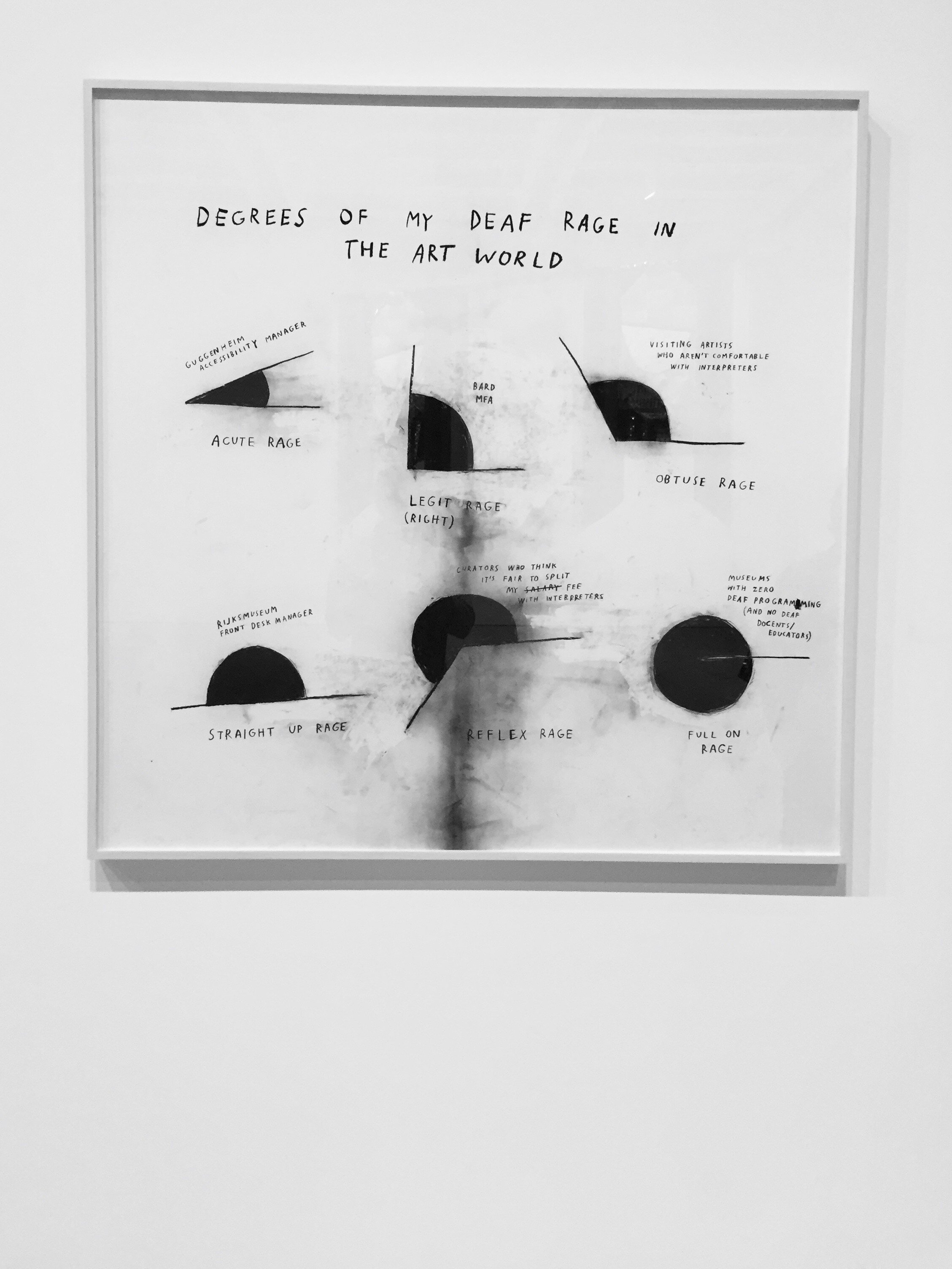Did you dress up?
Yes, of course! I spent my entire budget I got for this arts residency on clothes and bags and manicures and makeup. But it wasn’t like anything very extreme — I was opting for sophisticated lady, somehow …
Understated but expensive.
Exactly — no brands. But after a while I realized that it absolutely doesn’t matter what I wear: From their point of view, you’ve passed the access, and you can do anything — anything is believable. For example, all the pictures were taken with a film camera, which is [gestures broadly] this big. I’d just ask, “Can I take some pictures for my husband?” which is a very obvious and normal thing to do. There were a few agents who noticed that it was a film camera, not a digital camera, and those who noticed asked, “Oh, wow, is it film?” And I’d always say something like, “Oh, my grandfather gave it to me — to record all the special moments in my life.” And they’d just put me in this box of “artsy billionaire,” and would start to talk to me about MoMA’s latest collection. So anything goes.
Interview with Ishiuchi Miyako
Interview with photographer Ryan Frigilana
Christine Sun Kim: 2019 Whitney Biennial
Took these four pictures when I was in NYC last year and caught the 2019 Whitney Biennial (I think there were six total prints, however). These works by Christine Sun Kim were new to me, and my favorite encounter from the exhibition. Below is a short interview with the artist and her work and processes.
Article via The New York Times Magazine
Artist Website: Christine Sun Kim
Network Effect, Artist, Audience, Data
From a post on Investopedia:
“The network effect is a phenomenon whereby increased numbers of people or participants improve the value of a good or service. The Internet is an example of the network effect. Initially, there were few users on the Internet since it was of little value to anyone outside of the military and some research scientists.
However, as more users gained access to the Internet, they produced more content, information, and services. The development and improvement of websites attracted more users to connect and do business with each other. As the Internet experienced increases in traffic, it offered more value, leading to a network effect.”
From an essay by Dean Terry at Glasstire:
“So how do our considered, thoughtful posts about our life’s work fit in this context? A delicate drawing; an honest, wrenching poem? Not to worry: nearly 50,000 Facebook employees are on it. The drawing is analyzed with computer vision and AI and the poem is parsed and correlated with advertising profiles.”
From an interview with American Artist at Hyperallergic:
“People often ask artists “who is your target audience?” but I think this misses the point. First of all it sounds like a corporate marketing survey, but secondly, artists don’t always control who sees their work. What I think artists should really be asking, when they ask themselves “who is the work for?” is who is your work creating space for? Who is your work extending the life span of? Whose ancestors is your work defending? Who will see an image of their self in your work and what kind of image will it be?”
From Our Data Bodies resource, Digital Defense Playbook (PDF):
“In order for us to understand and confront the ways in which data-based technologies are being integrated into our everyday lives and impacting our ability to self-determine and thrive, we must first understand how our communities—ones marginalized by race, class, gender, sexuality, immigration status, and other natural and imposed identities—are impacted by data-based technologies”
Interview with Tenaya Izu
Hyperallergic has been doing some wonderful interviews highlighting Queer art workers and their perspectives. One sentiment/belief/aspiration that I was particularly drawn to:
















